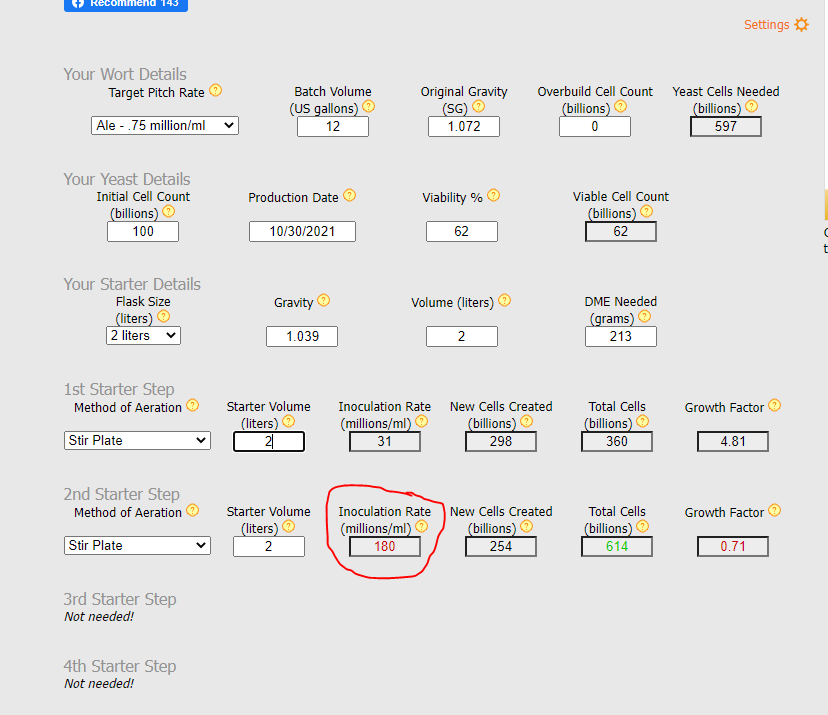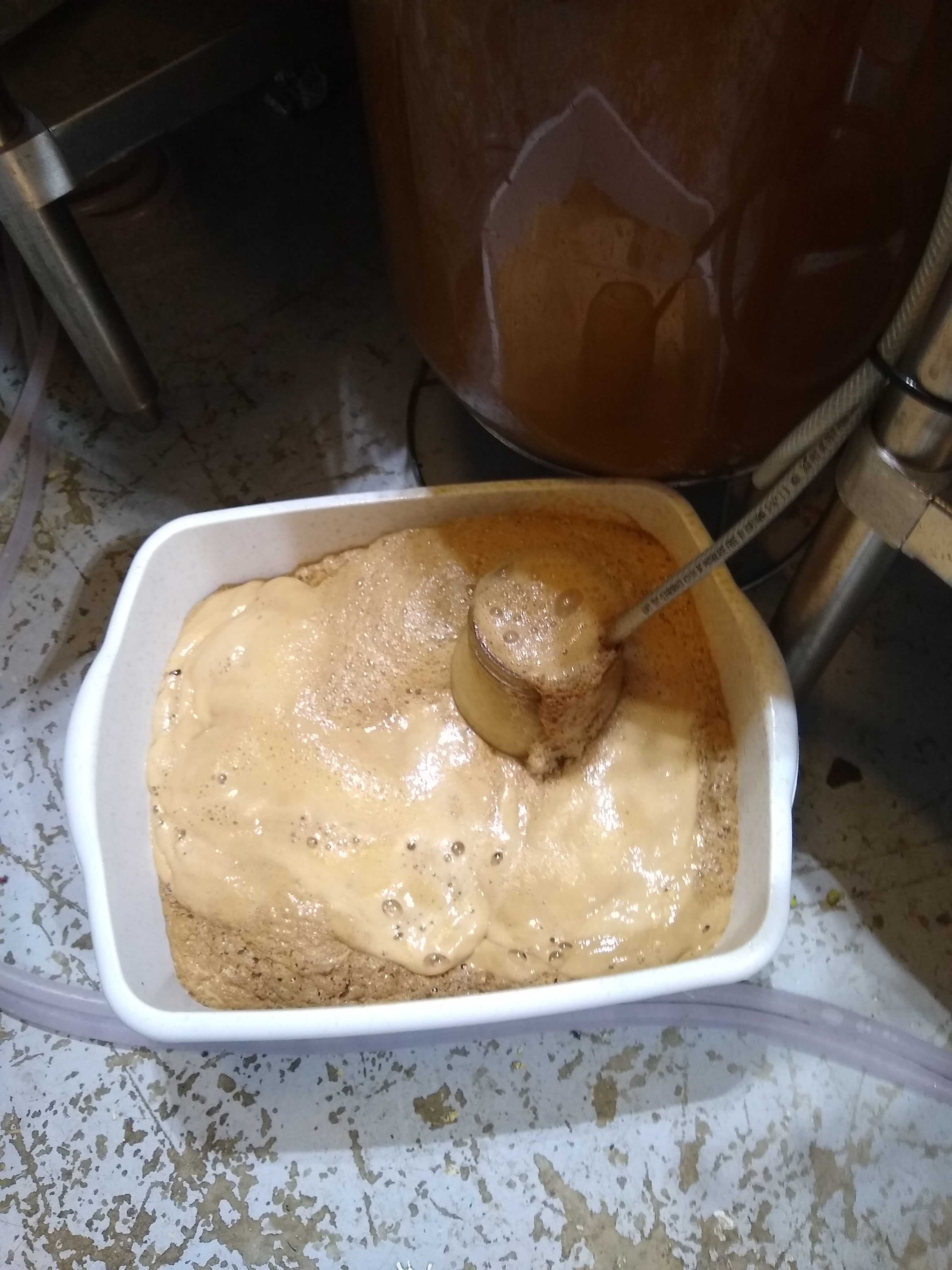Hello all. I have brewed a few 11 gallon batches before and been able to get away with 2 - 2L starters (actually about 1.6 to 1.8L each) but I am shooting for 12 gallons with an OG of 1.086.
Using White labs English Ale yeast its saying I need 4 - 2L starters. With the price of yeast here thats like $40+ worth of starters. Besides re-using yeast - which I plan to start doing, does anyone have any suggestions on how to keep the volume of wort and ABV at the levels I desire without having to make 4 starters?
Thanks.
Using White labs English Ale yeast its saying I need 4 - 2L starters. With the price of yeast here thats like $40+ worth of starters. Besides re-using yeast - which I plan to start doing, does anyone have any suggestions on how to keep the volume of wort and ABV at the levels I desire without having to make 4 starters?
Thanks.







































![Craft A Brew - Safale BE-256 Yeast - Fermentis - Belgian Ale Dry Yeast - For Belgian & Strong Ales - Ingredients for Home Brewing - Beer Making Supplies - [3 Pack]](https://m.media-amazon.com/images/I/51bcKEwQmWL._SL500_.jpg)





















